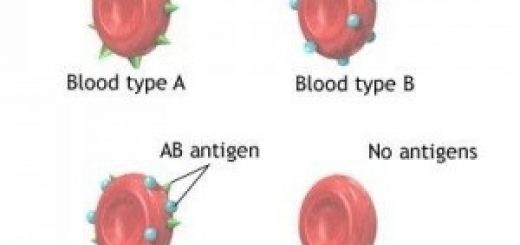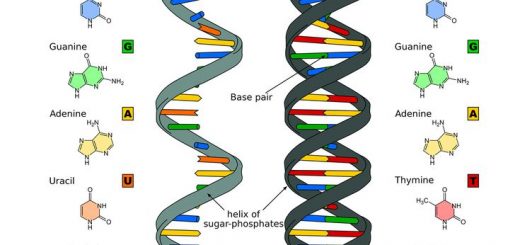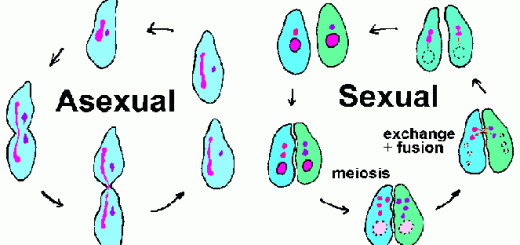Role of the respiratory system in the excretion process in man and Respiration in plant
The human body contains a system that is responsible for the extraction of oxygen from the air and then transfers it to the blood, then to the cells of the body, this system is called the respiratory system. Respiratory system in man consists of many organs, and each one is suited to perform its function, as follows:
Respiration in man
Nose or mouth: The air enters the body through the nose or the mouth, but it is preferable ( from the hygienic point of view ) for air to enter through the nose, because it is a warm passage, as it is lined with numerous blood capillaries, It is moist, as it secretes mucus, It serves as a filter because it contains hairs which act as filters.
Pharynx: Air passes through it which is the common passageway for both air and food.
Larynx: The air enters the trachea through it and it is known as the voice box.
Trachea :
- Its wall contains a series of cartilage ¾ rings, to prevent the trachea from collapsing, thus maintaining an open passageway for air.
- The inner surface is lined with cilia which beat upwards, tending to create air and mucus currents to impede (prevent) the entry of small foreign bodies and move them to the pharynx where they may swallowed.
- It is divided at its lower end into two bronchi which divide and subdivide into progressively smaller and smaller bronchioles, each bronchiole finally opens into one of the many alveoli (air sacs).
Lungs: Each animal including man possesses two lungs, a right lung and a left lung, They are characterized by having a large surface through which gas exchange occurs, Each lung consists of a group of alveoli that are connected to the bronchioles and the surrounding blood capillaries.
Functional suitability of alveoli
They are large in number reach to about 600 million alveolus per lung, to increase the respiration surface area, Their walls are considered as the actual respiratory surface, because :
- They are thin, so, increasing the speed of the gas exchange process.
- They are surrounded by a large network of blood capillaries whose blood receives oxygen from the alveolar air and from the bronchioles that are connected to them.
- They are moistened by water vapour which is necessary for dissolving CO2 and O2, so, that the exchange of gases between the air of alveoli and the surrounding blood in the blood capillaries occurs.
Role of the respiratory system in the excretion process
The respiratory system in man plays an important role in the excretion of water in the form of water vapour, where a man usually loses daily about 500 cm³ of water through his lungs out of 2500 cm³ of water that he loses daily, This is due to the evaporation of water that moistens the alveolar membranes and is necessary for dissolving oxygen and carbon dioxide.
Respiration in plant
Respiration process in plants is the process of getting the chemical energy stored in the organic substances (glucose) through a chain of reactions which includes the breaking down of carbon bonds of these substances to carry out vital activities.
In most plants, each living cell is in direct contact with the external environment, therefore the gaseous exchange is easy to occur, In this case, oxygen diffuses inside, while CO2 is released outside the cell.
Types of respiration process in plants:
- Aerobic respiration: the release of energy occurs in the presence of oxygen.
- Anaerobic respiration: the release of energy occurs in the absence of oxygen.
Respiration in vascular plants
Oxygen reaches the cells through various passageways :
- The stomata of the leaf: when they open, The air enters the air chambers, and then diffuses through the intercellular spaces, spreading to various parts of the plant, so, the gas diffuses through the cell membranes and dissolves in the water of the cell.
- The phloem passageway: some of oxygen is carried to the phloem passageway, dissolved in water, and finally reaches the tissues of the stem and root.
- The roots: oxygen enters the plant, soluble in water of the soil solution when it is absorbed by the root hairs or imbibed by the cell walls.
- The stomata of green plant stems, the lenticels, or any cracks in the bark of woody stems: They act as an entrance for air.
Methods of CO2 expelling to outside (that is produced from the respiration):
- By direct diffusion from the plant cells which are exposed directly to the external environment.
- For deep-seated cells, gaseous exchange occurs by mutual diffusion of CO2 to the xylem vessel or the phloem tissue which passes CO2 in return to the stomata, then to the external atmosphere.
Relation between photosynthesis and respiration in plant
The plastids perform the photosynthesis process to produce glucose and oxygen, Glucose and oxygen move to the mitochondria to release the energy through respiration, CO2, and water that are produced from the respiration move to the plastids for performing the photosynthesis process.
Respiratory system function, organs, structure, anatomy, and conducting portion
Cellular respiration, Structure of ATP and types of fermentation
Important excretory organs in man’s body and Structure of urinary system
Excretion in plants, Importance and types of transpiration for the plant



